Circular-Bioeconomy – Technical textiles 31-12-2022 - Arhive
Circular-Bioeconomy – Technical textiles
-MoT invites industry to explore opportunities in technical textiles
The Ministry of Textiles (MoT) has invited research proposals for funding for design, development and manufacturing of machinery, tools, equipment and testing instruments under National Technical Textiles Mission (NTTM).
In a statement, MoT informed that this step has been taken in order to position India as the global leader in technical textiles manufacturing.
As on date, high-tech machinery, equipment, plants, special tools and accessories are being largely imported. Circular-Bioeconomy – Technical textiles
In order to meet the diverse needs of the textile industry and to make our nation self-reliant and Atmanirbhar, it is essential to go for indigenisation by tapping the local skills in design, engineering, fabrication and prototyping. Hence NTTM under component-I (Research, Innovation and Development) envisages indigenous manufacturing of machinery, equipment, tools and testing instruments for technical textiles on ‘Make in India’ concept.
The companies engaged in manufacturing of any machinery (preferably textile machinery), textile/garment value chain manufacturers, research organisations, academic institutions (both public funded and private) can explore this opportunity.
The statement also added that the indigenous development of state-of-the-art technical textile machinery and equipment would support and enhance the manufacturing capabilities of high-end technological products, and thus would play an instrumental role in driving India’s technology readiness level in technical textiles.
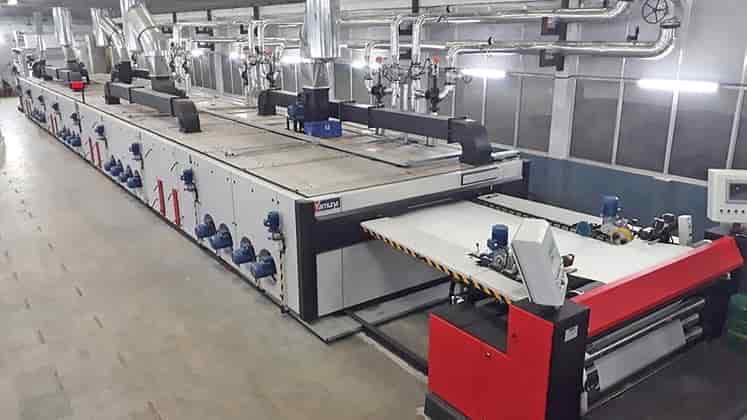
-Fundamental Analysis of Polyplex Corporation – Financials, Future Plans & More
Fundamental Analysis of Polyplex Corporation: Investors look for diversification in their portfolios to hedge risk. This transcends to product lines, geography, and customers of the stocks. Polyplex is one such well-diversified stock with multiple products spanning various segments. It has a presence in 75 countries with manufacturing plants in 7 countries. Sounds so diverse, let us perform a fundamental analysis of Polyplex Corporation to know more about the company in detail. Circular-Bioeconomy – Technical textiles
Table of Contents
- Fundamental Analysis of Polyplex Corporation
- Company Overview
- Industry Overview
- Thin BOPET Films
- Thick BOPET Film Market
- BOPP Film Market
- Polyplex Corporation – Financials
- Revenue & Net Profit Growth
- Margins: Operating Profit & Net Profit
- Return Ratios: RoE & RoCE
- Debt to Equity & Interest Service Coverage
- Future Plans Of Polyplex Corporation
- Fundamental Analysis of Polyplex Corporation – Key Metrics
- In Conclusion
Fundamental Analysis of Polyplex Corporation
In this article, we shall conduct a fundamental analysis of Polyplex Corporation. We will get ourselves acquainted with the history and business of the company, followed by the industry overview of the different product segments in which it operates. Later, a few sections are devoted to assessing revenue & profitability growth, return ratios, and debt analysis. Circular-Bioeconomy – Technical textiles
A highlight of the future plans and a summary to conclude the article at the end.
Company Overview
Established in 1983, Polyplex Corporation is the seventh-largest manufacturer of polyester (PET) films globally. It is a leading producer of BOPET films and offers a broad portfolio of various substrates including BOPET (thin & thick), BOPP, CPP, and Blown PP/PE.
This specialty, innovative and differentiated products find their applications in packaging, electrical & electronic, and other industrial uses. The company has well-integrated backward and forward capabilities offering it cost competitiveness, supply security, higher innovation, value addition, and decreased earnings volatility.
Polyplex has a global presence in 75 countries with manufacturing and distribution facilities across the USA, Indonesia, India, Thailand, and Turkey. As for domestic sales, India contributed 19% of the revenues in the recent fiscal year. Overall, the company is well diversified in terms of region-wise sales. Circular-Bioeconomy – Technical textiles
Its downstream businesses that produce digital media films, laser printer films, lamination films and more such diverse products made up 16% of the revenues in FY22. This segment assists in stabilizing overall margins for many products.
We read about the business of Polyplex with a focus on diversity as per various segments. Now, let us move ahead to understand the polyester (PET) films industry and its growth prospects.
Industry Overview
For our industry analysis, we’ll restrict our coverage to the product segments in which the company primarily operates: Thin PET, Thick PET, and BOPP. Together these three segments accounted for 71% of the income.
The global BOPET films market is divided into thin films and thick films.
Thin BOPET Films
Thin films make up over 3/4th of PET film demand worldwide. Flexible packaging is the largest sub-segment of thin films, accounting for 75% of the total thin films used.
As for consumption, Asia is the largest market for thin polyester films. The continent consumes more than 3/4th of the total thin films produced worldwide. Globally, the market is projected to grow at 5-6% for the next few years. Domestic market growth is expected at about 10% every year. Circular-Bioeconomy – Technical textiles
In the years ahead, an increase in purchasing power and a concurrent rise in per capita packaging material consumption will primarily lead to thin BOPET film demand growth.
Thick BOPET Film Market
Electronics, electrical & other industrial products make up for the demand for thick BOPET films. The global thick film market is projected to grow at a consistent CAGR of 4-5% in the coming years.
A rise in photovoltaic, flat panel displays, liners for electronic applications, and flexible electronics are expected to be major growth catalysts.
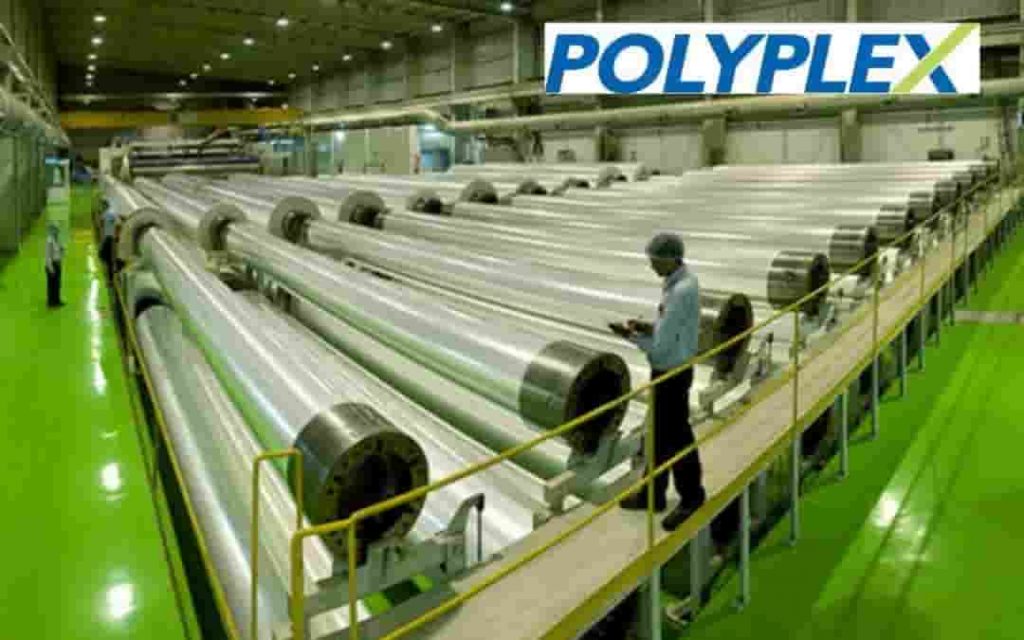
-India can become a $40 trillion economy by 2047: Mukesh Ambani at Reliance Family Day Function 2022
Mukesh Ambani was speaking at the Reliance Family Day Function 2022 on the 20th year of him at helms of Reliance
At a time when uncertainty, volatility and even regression can be seen in many parts of the world, India is being regarded globally as a ‘Shining Spot’ said Mukesh Ambani at the Reliance Family Day Function 2022. Circular-Bioeconomy – Technical textiles
“From an era of shortages, scarcity & widespread poverty , India will enter an era of inclusive prosperity, abundance of opportunities, & unimaginable improvement in the ease of living and quality of life of 1.4 billion Indians”, he added.
He also said that, “We can become a $40 trillion economy by 2047, Centenary of our Independence, in sustainable & stable manner.”
According to Ambani, this goal is realistic and achievable because India is blessed with the power of young demography, mature democracy & newly acquired power of technology.
Reliance to invest more
Ambani has also said the company would invest ₹75,000 crore in its O2C business over the next five years to set up India’s first carbon fibre factory and to add capacity in other areas such as polyester and vinyl.
The group is also looking to accelerate its commitment to invest ₹75,000 crore towards establishing a fully integrated new energy manufacturing ecosystem in Jamnagar.
Reliance Industries
Reliance Industries, which has operations in petrochemicals, oil and gas, telecom, and retail, is chaired and managed by Mukesh Ambani.
However, the conglomerate has been lowering its reliance on oil-refining by diversifying into retail, telecommunications, and technology, and is now pivoting towards new energy business. Reliance generates about 60% of its revenue from oil-refining and petrochemicals. Circular-Bioeconomy – Technical textiles
Ambani announced massive investment plans earlier this year totaling 2.75 trillion and laid out a succession plan, putting the conglomerate in a position for its next growth phase to quadruple the group’s worth by 2027, or the end of what it called its golden decade.
About Mukesh Ambani
Born in Aden, Yemen, where his father worked as a gas station attendant, Mukesh Ambani earned his bachelor’s degree in chemical engineering from the University of Bombay (now the University of Mumbai) and subsequently pursued a master’s degree in business administration from Stanford University.
He, however, left the program in 1981 to join the family business, where he worked to diversify the company, foraying into communications, infrastructure, petrochemicals, petroleum refining, polyester fibres, and oil and gas production.
In 2007, he became India’s first rupee trillionaire.
He, however, has lost the richest Indian tag to a fellow Gujarati businessman, Gautam Adani in recent months. Circular-Bioeconomy – Technical textiles

-Specific codes for the Biobased industries are fundamental to fully exploit the circular Bioeconomy potential
“The recognition of our sector through the application of specific NACE codes is an important element as it would allow a better measurement in the statistical field and the possibility of addressing specific legislative measures, such as financing or the creation of specific EER codes”. To say this – in this exclusive interview with Il Bioeconomista – is Giulia Gregori, Strategic Planning and Corporate Communication manager at Novamont, the Italy-headquartered company which is leading the way in the world bioplastics sector.
The bioeconomy is a continuously growing sector. In the years of the pandemic it has proven to be resilient. Today, however, from a statistical point of view it is not yet recognized. How important is the possibility of having their own codes for the bio-based industry? Circular-Bioeconomy – Technical textiles
Specific codes for the biobased industries are fundamental to fully exploit the circular bioeconomy potential in terms of sustainable development, decarbonization and environmental protection. To provide an example, the bioeconomy sector could generate by-products that are similar to those produced by the agri-food sector, having qualitative characteristics suitable for further use in other supply chains, such as sludge for agricultural use.
However, to date, these valuable resources cannot be exploited.
The recognition of our sector through the application of specific NACE codes is an important element as it would allow a better measurement in the statistical field and the possibility of addressing specific legislative measures, such as financing or the creation of specific EER codes, dedicated to waste deriving from biodegradable and compostable plastic products, in order to facilitate their organic, mechanical and chemical recycling at the end of their life. Circular-Bioeconomy – Technical textiles
The SUP directive does not distinguish between single-use plastics and bioplastics. And it even favors materials whose origin is unknown rather than bioplastics.
What can be the right compromise to protect the innovation and sustainability developed in recent years by Novamont and by the entire industry involved in this sector?
The Italian law could be a good compromise: it is consistent with the European framework but does not penalize innovation and the possibility of creating virtuous cycles in specific contexts.
Indeed, acknowledging the peculiarities of the Italian system related to the management and treatment of compostable bioplastics in connection with the collection of organic waste, the national law provides, in specific cases, for the use of compostable bioplastic alternatives with a renewable raw material content of 40% or more and, from 1 January 2024, of at least 60%.
In fact, in Article 5 the transposition decree specifies the possibility to sell and use disposable products made of compostable bioplastic when the use of reusable alternatives is not possible or does not give guarantees from a hygienic-sanitary point of view; when the use is foreseen in controlled circuits (i.e. canteens); in circumstances where a large number of people are present; when reusable alternatives do not guarantee a lower environmental impact.
It is worth mentioning that using compostable bags for the organic waste collection have enabled Italy to be the highest ranking in Europe for food waste collection (47% of the total, against the European average of 16%) ; it has also led the organic waste fraction to grow from 2.5 million tons in 2007 to 7 million tons in 2020 with a greater amount of clean organic compost returned to our soil; the use of single-use carrier bags has also decreased in volume by more than 58% from 2009 to 2021.
We are facing an unprecedented energy and raw materials crisis, aggravated by the war in Ukraine. What role can the bioeconomy play, from your point of view, in this economic and political scenario? Circular-Bioeconomy – Technical textiles
The bioeconomy sector can boast biorefineries producing bioproducts and bioenergy and exploiting residues and by-products. The Italian and European Bio-based industry has already demonstrated its regenerative potential with tangible case studies of bioproducts dropped into new production and consumption systems as catalysts toward a new model that uses raw materials that are compatible with natural systems and reduces their quantity.
I believe that in this context of extreme vulnerability for global balances, innovate and invest in the bio-based industry, to use fewer resources, to reduce our energy dependence and to regenerate our soils increasingly at risk, could be fundamental to Europe’s long-term autonomy and competitiveness.
What are Novamont’s growth plans for the next few years in Italy and around the world?
Replacing fossil Carbon with biogenic Carbon to obtain innovative products with the desired characteristics has represented and will continue to represent an unprecedented challenge not only in relation to innovation and technological development but also in maximising positive impacts (e.g. the social dimension) and reducing negative ones (e.g. GHG emissions linked to production processes). Circular-Bioeconomy – Technical textiles
For this reason, Novamont commitment is constantly directed towards the exploration and implementation of ‘decoupled’ product supply chains because ‘how’ the product supply chain is developed plays a crucial role in the success in achieving the SDGs. Novamont is still working significantly in the diversification of raw materials from waste and by-products (multi-generation sugar projects; biomass from drycrops capable of regenerating marginal soils, chemical and mechanical recycling of bioplastics, etc.).
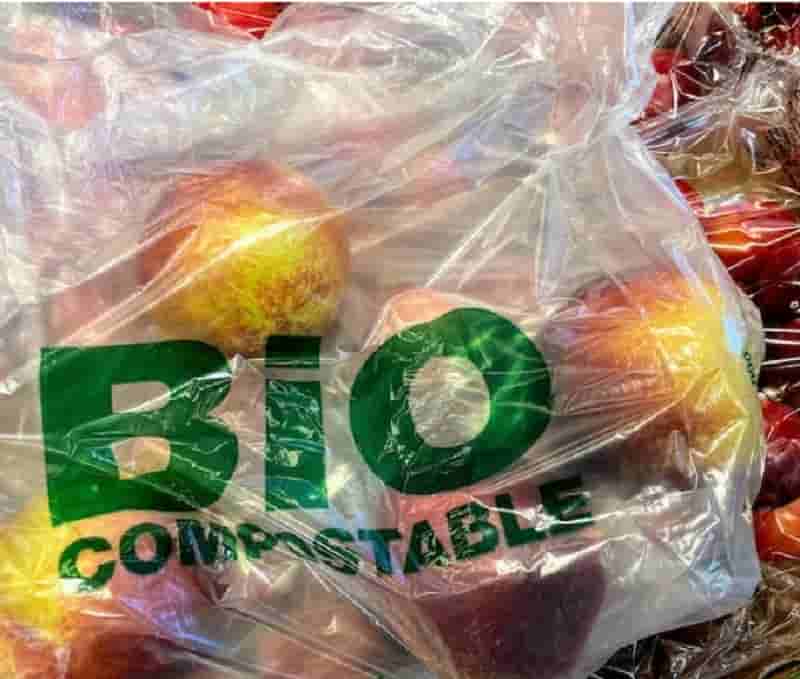
-Germany’s energy crisis powers hydrogen switch
Russia’s reduction of gas supplies to Germany following Moscow’s invasion of Ukraine in February, has forced Berlin to reactivate or extend the lifespan of its coal-fired power plants, putting greenhouse emissions targets in jeopardy.
From the moment Russian gas exports to Germany were first disrupted in June, German firm Kelheim Fibers began casting around for alternative options to keep its engines running. Circular-Bioeconomy – Technical textiles
As a result, the Bavarian-based firm, whose fibres are used in anything from teabags to tampons, will be able to use heating oil instead of gas starting mid-January.
The downside is that will increase carbon emissions and for the longer term, the firm is considering a switch to hydrogen, which is a much cleaner energy source provided it is produced using renewable power.
“We want to be one of the first large companies in Bavaria to switch to hydrogen,” Craig Barker, managing director of the 87-year-old firm, told Reuters.
Energy costs account for over 60 per cent-70 per cent of the company’s variable expenses, overtaking that of its main raw material, Barker said.
Kelheim Fibers is one of many small and medium-sized companies that form the backbone of Europe’s biggest economy, and that are seeking to diversify their energy mix to maintain output.
Russia’s reduction of gas supplies to Germany following Moscow’s invasion of Ukraine in February, has forced Berlin to reactivate or extend the lifespan of its coal-fired power plants, putting greenhouse emissions targets in jeopardy.
However, ifo economist Klaus Wohlrabe said the crisis could eventually lead to greener production. Circular-Bioeconomy – Technical textiles
“Relying on fossil fuels for the long term has proven to be a risky path. So in the medium term, at least, companies have no choice but to reorientate themselves,” Wohlrabe said.
Kelheim Fibers, which has so far covered 85 per cent of energy needs with gas, is in talks with stakeholders over hydrogen imports with an expected annual consumption of about 30,000 tonnes, starting from 2025, Barker added.
“We definitely need infrastructure,” he said, adding that a pipeline will be needed to connect to the German refinery Bayernoil and a port to cover the demand the company cannot meet from domestically produced hydrogen.
Earlier this month, Germany’s Economic Affairs Ministry approved the construction of the country’s first hydrogen pipeline network. It also announced an action plan to support small and medium-sized companies as they switch to climate-neutral production, including expanding hydrogen infrastructure.
More is required to accelerate investments in hydrogen, including a Hydrogen Act to cut bureaucracy and regulate the hydrogen ramp-up quickly, utility industry association BDEW said earlier this month.
“2023 must provide new impetus for investments in renewable energies, hydrogen, hydrogen-capable gas-fired power plants and energy networks,” BDEW president Kerstin Andreae said. Circular-Bioeconomy – Technical textiles
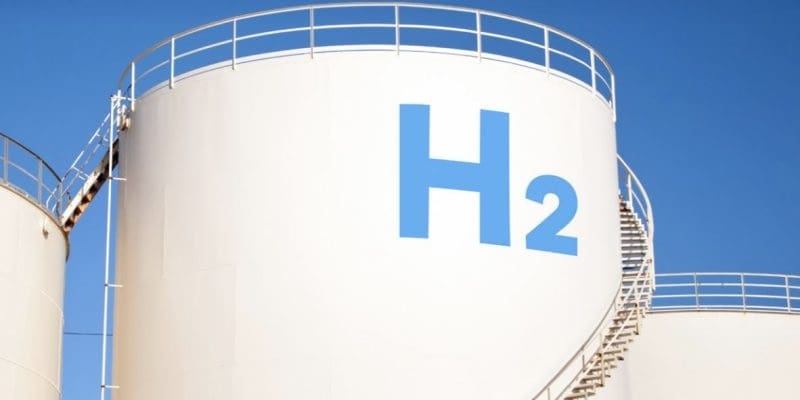
-Q&A: Ascend and Foster Corporation’s new medical grade nylon
After Ascend Performance Materials and Foster Corporation’s Distribution business announced the new Hi-Dura MED grade nylon (PA) based materials for the medical device market, Med-Tech Innovation News’ sister title Medical Plastics News wanted to know more about the innovative materials. Circular-Bioeconomy – Technical textiles
Questions
- How will these benefit the medical market?
Nylon 6,6 products have been under-utilised in the medical market. These products have an excellent physical property matrix and extreme toughness which will bode well for applications used in hospitals that require these properties. Ascends polyamide materials will provide applications such as medical equipment and housings, surgical tools, medical furniture, braces, medical mobility and the like with superior properties at a value-based price. In addition, Ascends bio-tested (ISO 10993) Hi-Dura MED products will provide “application peace of mind” for medical device companies looking to use these materials in their applicaions.
- How are they different to other products on the market?
Ascend has invested a lot of time and effort into developing the Hi-Dura MED product line. It is the first nylon 6,6 product line developed specifically for the medical market and they intend to widen this product line based on medical customers’ needs. There are many materials vying for placement in the application segments that the Hi-Dura MED is focusing on but none have the property/value balance that Hi-Dura MED has.
- What other products are you planning to introduce in 2023?
Foster Distribution now has 20 partners with a myriad of products that the medical market will be interested in. Our product portfolio includes polymers, additives, services, permanently implantable technologies, as well as membrane technology. These portfolio segments present a wide variety of possibilities for Foster Distribution and our customers. We will look to grow our portfolio in these segments and add as we see fit. We are currently focusing on the addition of more permanently implantable technologies as well as adding adhesives in our portfolio as many of our customers use adhesives in their medical applications. Circular-Bioeconomy – Technical textiles
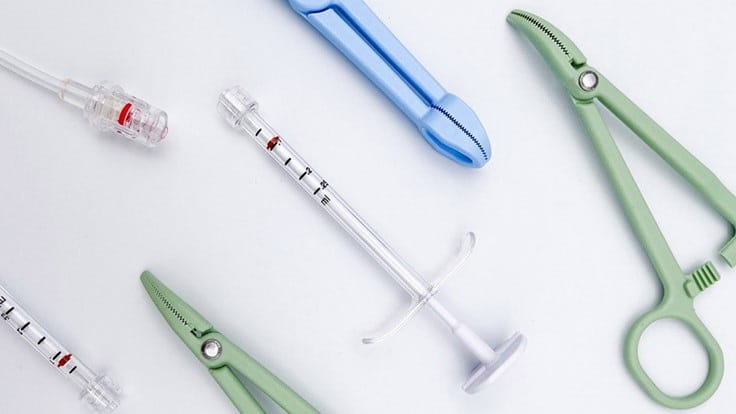
Circular-Bioeconomy – Technical textiles
